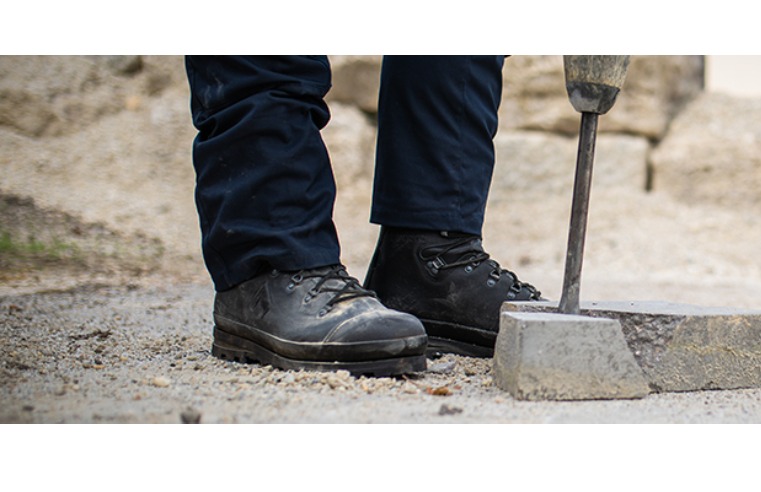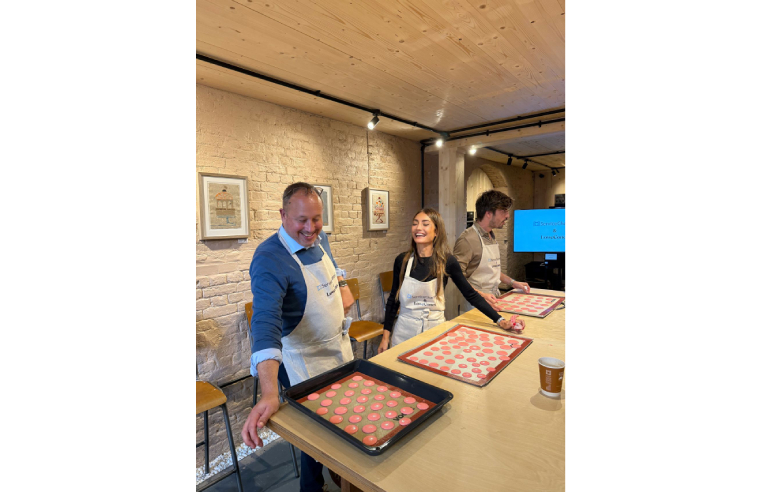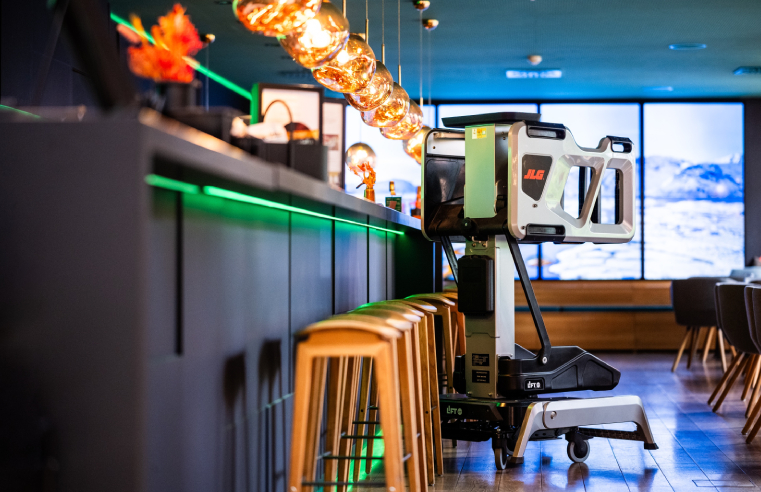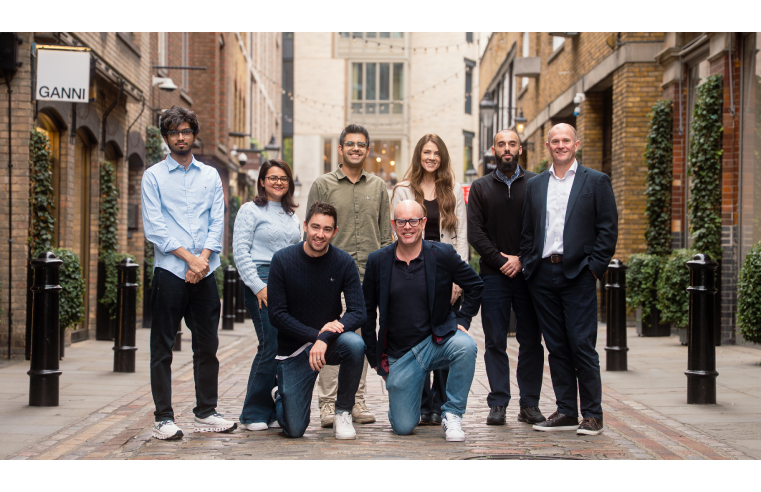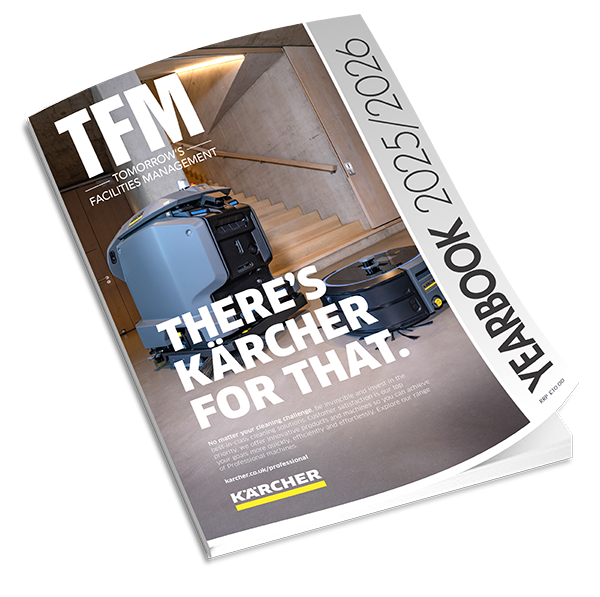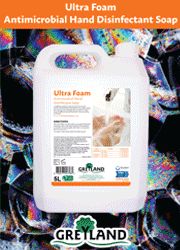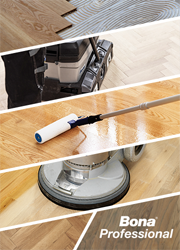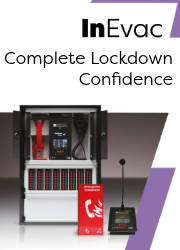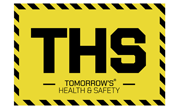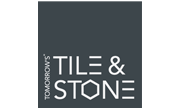Simon Ash, HAIX’s UK & Ireland Sales Manager, shares HAIX’s history of supporting workers with dedicated safety boots and the top features workers need today.
Safety footwear was born out of necessity to protect working feet. Long days in all weathers can take their toll, uneven surfaces pose the threat of slips and trips, and the risk of sole penetration from sharp objects can be dangerous. The Health and Safety at Work Act 1974 and Personal Protective Equipment at Work Regulations 1999 require employers to reduce risks at work, and provide protective gear if hazards cannot be reduced or removed.
In any situation where employers identify a risk to an employee’s feet, they must provide the appropriate protective footwear. However, legislative responsibility, the threat of legal repercussions, and care for employees have often resulted in employers focusing on protective qualities at the expense of comfort. For example, footwear with overly rigid, solid materials selected to protect workers from accidents can severely restrict the foot’s natural movement, resulting in excessive pressure and discomfort.
Discomfort, whether from ill-fitting footwear or friction injuries, such as blisters, can lead to changes in natural body posture when standing or walking. When suffering such injuries, wearers tend to limp or stand in an unnatural position to avoid pain or discomfort. This can lead to strain or injury or more serious musculoskeletal disorders if left uncorrected long-term.
The HAIX Climber, a staple boot first launched in 2001, has stood the test of time because it makes a major contribution towards ensuring health and safety at work without compromising on comfort. Developed in conjunction with electricity and energy engineers, the safety boot’s highly torsion-resistant sole is particularly suitable for linesmen as it alleviates ‘hot-spots’ and evenly distributes pressure across the whole foot. Simultaneously, an impact-absorbing PU foam wedge under the heel cushions every step, reducing pressure on the back and joints no matter how long wearers are on their feet.
Two decades on, HAIX offers a wide range of safety footwear to suit the demands of a diversity of job roles. However, HAIX’s commitment to the essential features that workers need from their boots remains the same. Boots must protect workers from hazards, be rugged enough for long-term wear in extreme environments, and prioritise ‘health’ as much as ‘safety’. Features that are at the top of the list for today’s workers are;
All-day comfort
Safety footwear should support the foot, ankle and lower limbs. However, a recurring complaint from those who wear safety footwear at work is plantar fasciitis, an acute pain in the heel caused by inflammation, which is prevalent among workers who stand for long periods of time, such as those on the factory line. If left untreated, it can lead to long-term health issues and pain that can influence mental health, work concentration and absenteeism levels.
Selecting safety footwear designed based on biomechanics can address the risk of plantar fasciitis. For example, the HAIX Airpower XR3 has a built-in Arch Support System to help maintain a more natural foot position. This helps reduce wearer fatigue, especially when boots are worn over extended working periods, ensuring better overall posture and acting to minimise long-term injury risk associated with standing at length.
Flexibility
Lower leg fatigue induced by overall boot weight is another issue that smart material choices can counter. Advances in materials such as nanocarbon can create toe caps and reinforced areas that meet the same safety and protection standards as steel caps but remain ultra-lightweight. Puncture-resistance in boot midsoles is often accomplished using metal, but advanced fabrics and textiles can be used to provide levels of puncture resistance while decreasing overall weight and increasing comfort and flexibility.
Fit and support
Any workforce that lifts, carries, bends and crouches for long periods in one position may be at risk of longer-term issues such as musculoskeletal disorders if their boots do not provide the correct levels of support. HAIX’s designs include PU cushioning systems, two-zone lacing systems, foot arch support and naturally shaped heel counters to ensure that wearers are guaranteed the best fit, regardless of the wear time.
Protection
When selecting safety footwear, employers should conduct a risk assessment to evaluate the level of protection needed for their specific environment. For example, the HAIX Airpower XR26 is designed to protect workers in construction, agriculture, and landscaping. The Airpower XR26’s non-marking outer sole is resistant to heat, oil and gasoline and the boot has a flexible and lightweight steel puncture-resistant midsole for enhanced safety. The Airpower XR26 also boasts a sturdy rubber/PU sole, providing wearers with a confident grip in slippery underfoot environments while ensuring exceptional impact absorption and correct heel-to-toe movement.
Durability
Choosing footwear manufactured from high-grade materials, such as thick waterproof and hydrophobic leather, antistatic non-marking PU rubber, fibre reinforced toe caps and GORE-TEX membranes, will ensure safety footwear can go the distance, even after long periods of wear in extreme environments. Selecting footwear with a GORE-TEX inner liner and abrasion resistant lining can also ensure durability because the inner liner has added insulation to protect the wearer when the temperature drops, ensuring optimised climate protection and comfort year-round.
By ensuring that the focus on wearer health falls in line with the focus on wearer safety, employers can choose safety footwear that protects and supports wearers every step of the way.





